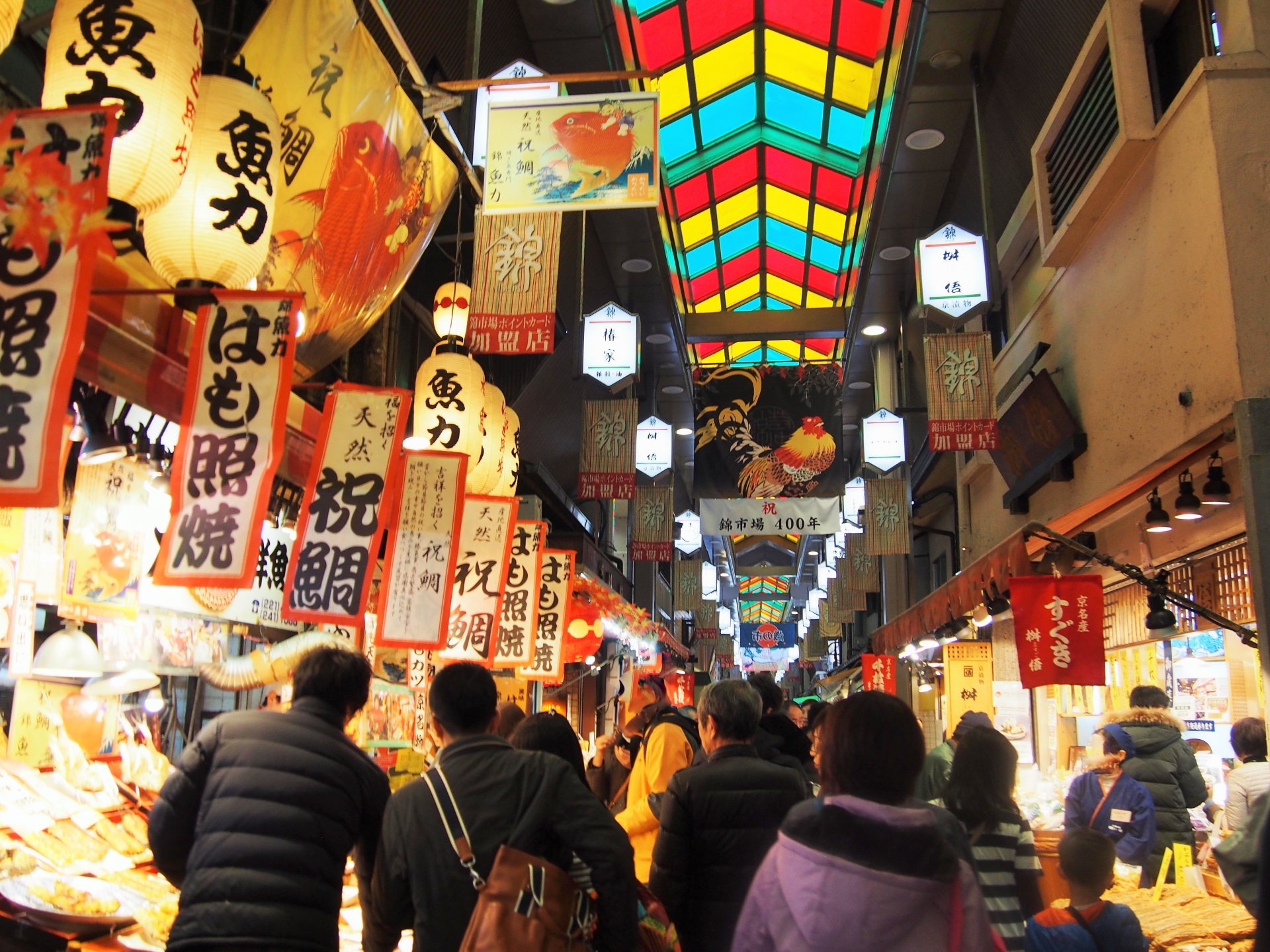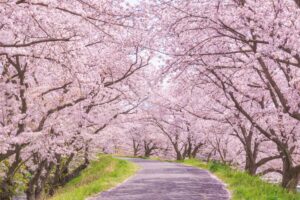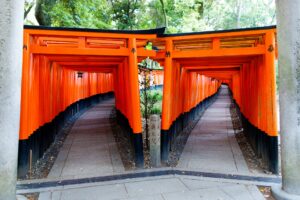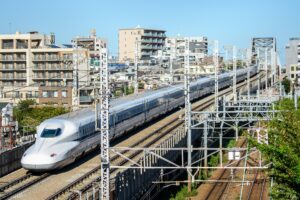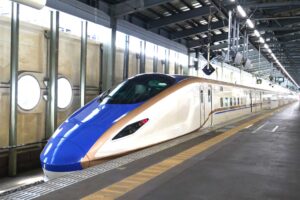Nishiki Market, also known as “Kyoto’s Kitchen,” is a vibrant five-block shopping street filled with over 100 shops and stalls. This guide will walk you through its rich history, must-try local delicacies, and tips on navigating the market like a pro.
Introduction to Nishiki Market
Nishiki Market, often referred to as “Kyoto’s Kitchen,” is located in the heart of Kyoto, spanning five blocks of narrow shopping streets. With over 100 shops and stalls, it is a haven for food lovers, offering a glimpse into traditional Japanese culinary culture. Locals and tourists alike flock here to enjoy fresh ingredients, seasonal delicacies, and unique souvenirs, making it a vibrant symbol of Kyoto’s food scene.
The Historical Roots of Nishiki Market
Nishiki Market’s origins date back to the early 17th century when it began as a humble fish market. Over the centuries, it evolved into a bustling hub, playing a vital role in Kyoto’s local economy. Its historical significance lies in its continued focus on preserving traditional Japanese foods while adapting to the needs of modern-day consumers.
Why Nishiki Market is Called “Kyoto’s Kitchen”
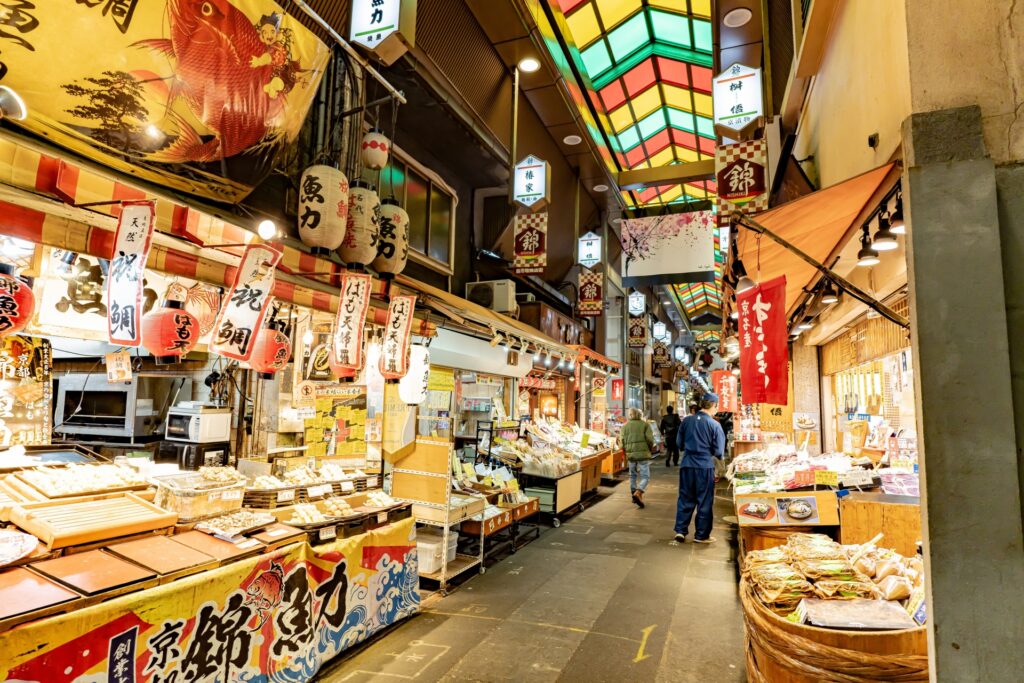
The nickname “Kyoto’s Kitchen” reflects the market’s status as a key supplier of fresh, local ingredients that define Kyoto’s culinary traditions. From seafood to pickles, Nishiki Market provides an unparalleled selection of ingredients, many of which are essential for Kyoto’s signature dishes. This central role in feeding Kyoto’s culinary culture has earned the market its well-deserved title.
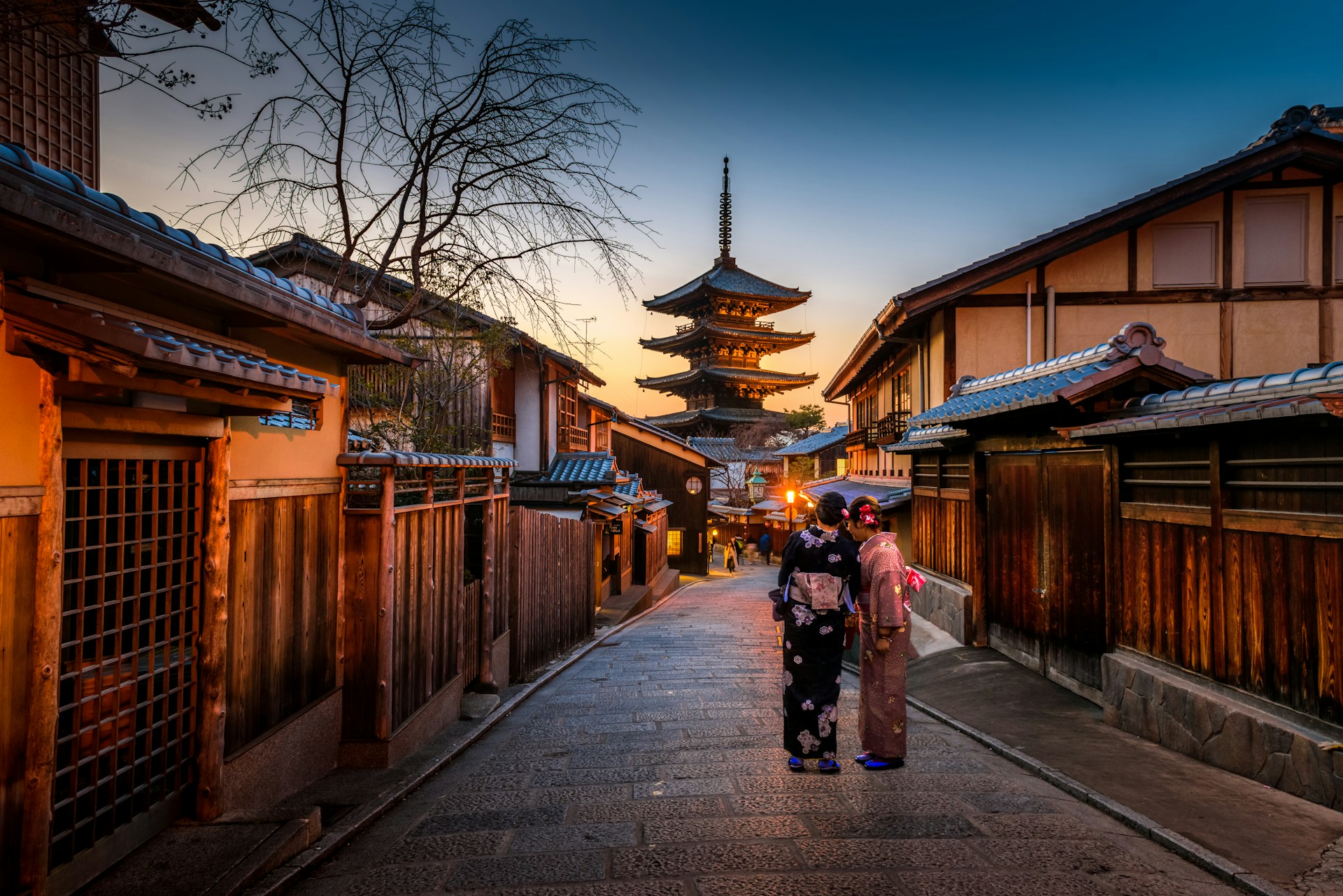
Must-Try Foods at Nishiki Market
Visitors are drawn to Nishiki Market for its wide variety of delicious and unique local foods.
Seasonal Delicacies at Nishiki Market
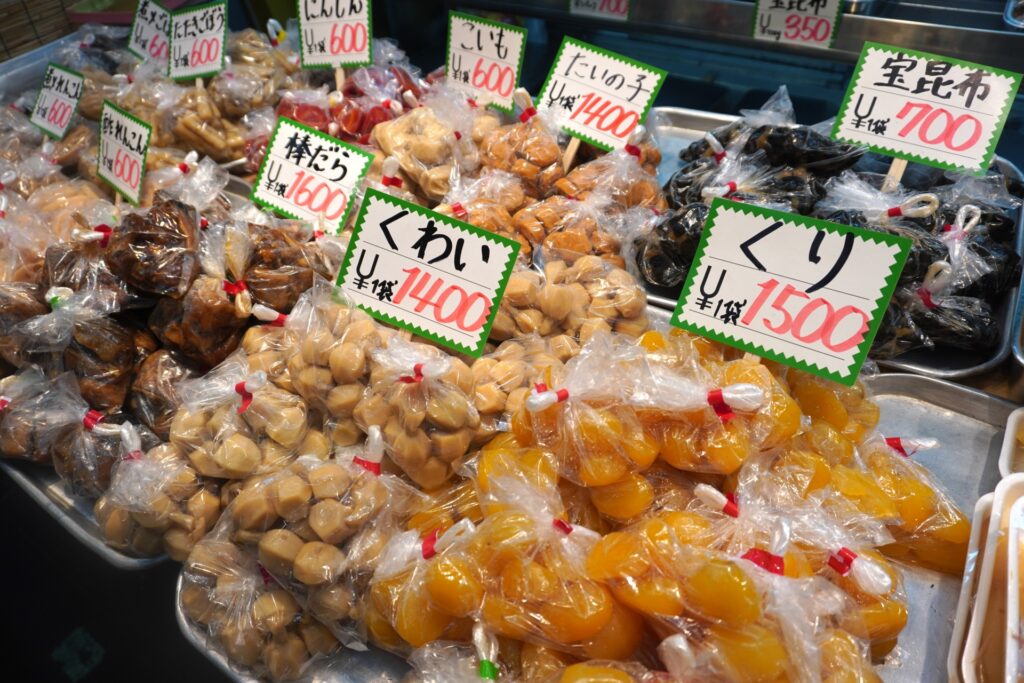
Nishiki Market is known for offering seasonal specialties that vary throughout the year. In spring, visitors can indulge in sakura-flavored snacks and sweets, while autumn brings delicacies like roasted chestnuts and persimmons. For the best seasonal experience, plan your visit to coincide with the changing food offerings that reflect Japan’s deep connection to nature.
Traditional Japanese Dishes You Can’t Miss
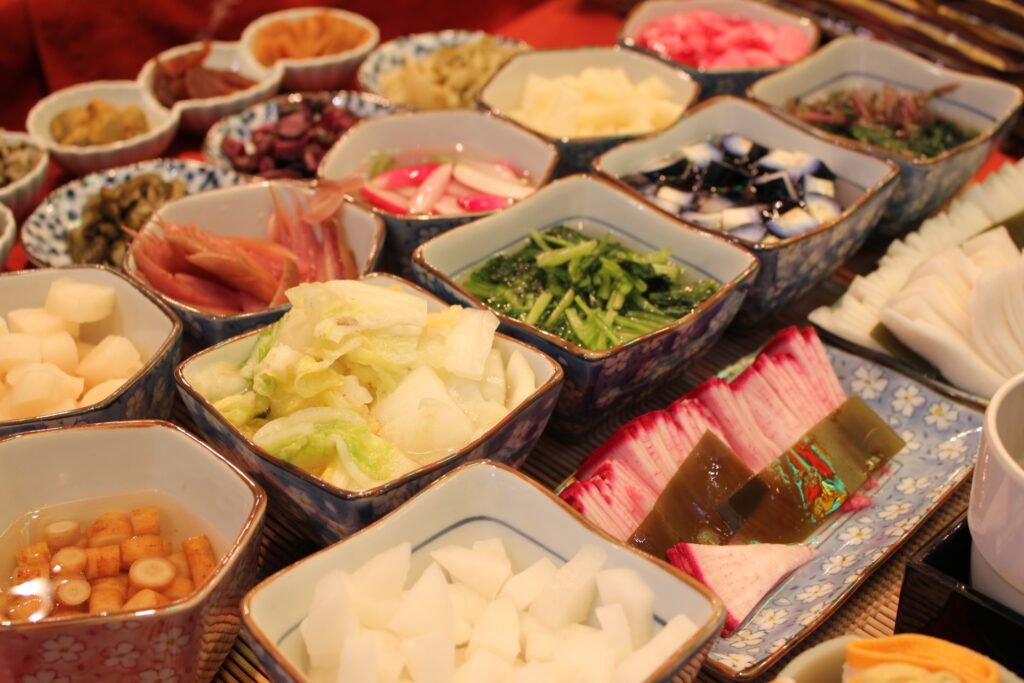
No visit to Nishiki Market is complete without sampling some of its most iconic traditional dishes. Try freshly grilled seafood, pickled vegetables (known as tsukemono), or indulge in savory rice crackers. Don’t miss Kyoto’s famous dashimaki tamago (rolled omelet) or fresh sushi, made with local ingredients sourced directly from the market’s stalls.
Navigating Nishiki Market: Practical Tips
To make the most of your Nishiki Market experience, follow these helpful navigation tips.
Table: Best Time to Visit Nishiki Market
Here’s a table that provides an overview of the best times to visit Nishiki Market, considering crowd density, seasonal foods, and recommended hours:
| Time of Day | Crowd Density | Seasonal Foods | Recommended Hours |
|---|---|---|---|
| Early Morning (9-11 AM) | Low | Fresh seafood, pickled vegetables | Best for avoiding crowds and exploring |
| Midday (12-2 PM) | High | Lunch delicacies like sushi, dashimaki tamago | Best for sampling lunch specialties |
| Late Afternoon (3-5 PM) | Medium | Evening snacks, sweets, roasted chestnuts (autumn) | Best for a more relaxed experience |
How to Navigate Through the Market’s Bustle

Nishiki Market can be crowded, especially during weekends and holidays. To make the most of your visit, start at the east entrance and work your way west. Keep an eye on side alleys, which often lead to quieter sections where you can find hidden gems. For first-time visitors, the market’s narrow lanes may feel overwhelming, but with a little patience, you’ll discover its charm.
Nishiki Market Layout Overview
Navigating the market can be made easier by understanding its general layout. Nishiki Market is divided into different zones, each with its own specialties:
- Zone 1 (East Entrance): This area primarily features food stalls offering fresh seafood, pickled vegetables, and grilled snacks.
- Zone 2 (Central Area): A mix of food and craft stalls, where you can find traditional Japanese sweets, teas, and small souvenirs.
- Zone 3 (West End): This section is known for Kyoto crafts and artisanal goods, such as hand-painted fans, ceramics, and textiles.
Understanding these zones will help you explore Nishiki Market more efficiently. Be sure to check available maps or guides in the market for further assistance.
Shopping at Nishiki Market: Souvenirs and Unique Items
Nishiki Market offers a range of items beyond food that showcase Kyoto’s rich heritage.
Best Stores for Local Kyoto Crafts
Nishiki Market isn’t just about food; it’s also a great place to buy traditional Kyoto crafts. From hand-painted fans to intricately designed ceramics, the market offers a range of items that capture the artistry of Kyoto’s local artisans. These make for meaningful souvenirs, representing the city’s rich heritage of craftsmanship.
Where to Buy Edible Souvenirs

For food lovers, edible souvenirs are a must. Look for yuzu-flavored treats, Kyoto-style pickles, and locally produced tea. These items not only make great gifts but also offer a taste of Kyoto’s food culture that you can take home. Stalls selling wagashi (Japanese sweets) are especially popular for those wanting to savor the unique flavors of the region.
Practical Information for Your Visit
Before heading to Nishiki Market, it’s helpful to know the practical details for a smooth visit.
Accessibility and Family-Friendly Tips
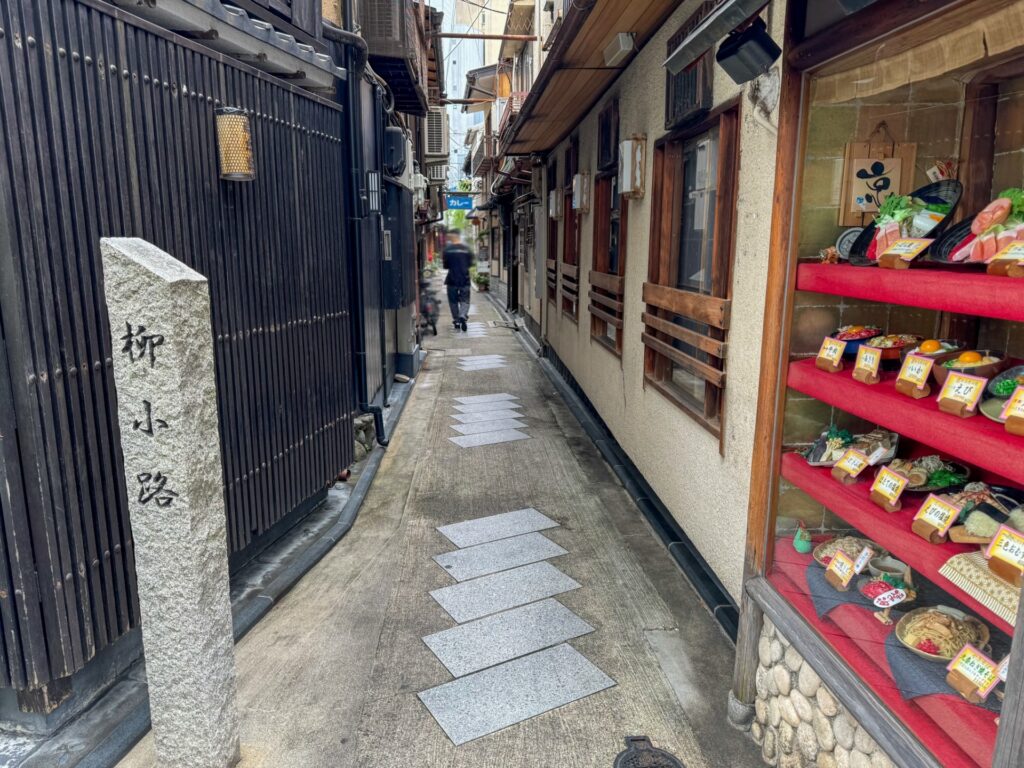
Nishiki Market is generally accessible, but its narrow lanes can be challenging for strollers and wheelchairs, especially during peak hours. However, many shops are accommodating, and some provide ramps or wider entrances. Families with young children may find the early morning hours less crowded and more manageable. Public restrooms are available at several locations within and near the market.

